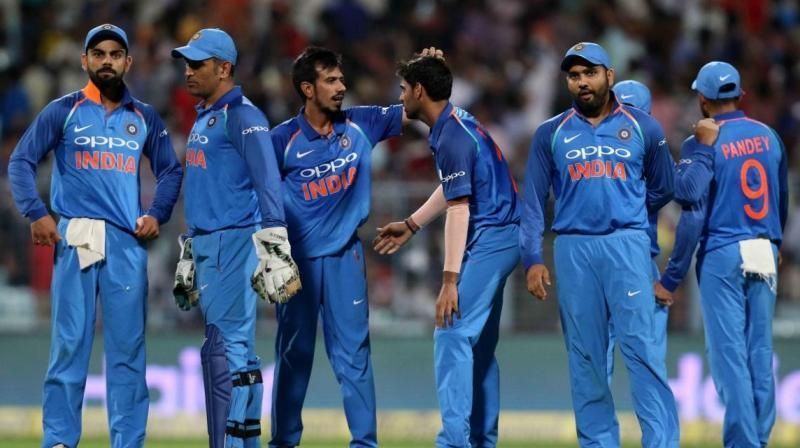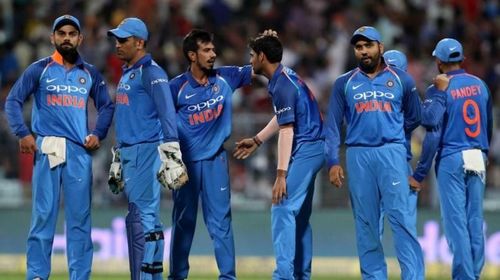
Players with secondary skill sets: A necessity for India in limited overs cricket

Off late, India have an enviable record in the limited overs formats of the game, winning almost everywhere they have played. Winning 13 of their last 17 T20Is and 10 of their last 11 bilateral ODI series shows how dominant the Indian team has been in recent times.
The wins have come both home and away, including ODI and T20 series wins in South Africa and T20 series win in England.
But what these stats do not show are the loopholes that remain in the team. No matter India have won most of their matches in the past couple of years, but whenever they have lost is has always been due to the same couple of reasons.
The wins have mostly come due to dominant performances from the top 3, or the magic weaved by the leggies in the middle overs. And these performances have overshadowed the concerns that remain and the management still has a blind eye towards those loopholes.
The first thing is the middle order, which seems a bit sorted after Rayudu was drafted in. The finishing still remains an area of concern with Kedar Jadhav getting repeatedly injured and Hardik Pandya not growing as a batsman as he was expected.
Next big concern is the lack of secondary skill sets. All-rounders are not a worry for India at the moment, with the likes of Hardik, Jadeja and Krunal all ready for the big stage. But the problem lies in how to fit these all-rounders, as none of them are good enough to merit their place in the team based on a single skill set.
Why this problem is more grave than it looks?
During the 2000s and the first half of the current decade, India had a top six with more than one batsman who could bowl. Back then, Sachin, Saurav, Sehwag, Yuvraj and Raina provided the captain the luxury of playing with just 5 bowling options excluding them. Then there were bowlers who could bat. Zaheer, Agarkar, Praveen, Harbhajan and Ashwin made the tail look shorter than it actually was, with their batting skills. None of them were genuine all-rounders, but all of them made the life of the captain easier by providing him options on the field.
Looking at the situation now, despite the squad oozing with talent, none of India's top six can bowl, and none of the bottom three can bat. Though Rohit used to bowl off-spin, he has left bowling after a shoulder injury. Kedar Jadhav, the only batsman who can roll over his arm, is in and out of the team, courtesy his recurring injuries.
Considering a situation where Kedar is included in the top five and Hardik plays at six and Bhuvi at seven, India will have a bottom five comprising of Bhuvi, Kuldeep, Bumrah, Chahal and Khaleel, and none of them except Bhuvi can bat. That makes the tail longer than it looks.
India suffered in the Champions Trophy final when they used just five bowlers despite Ashwin and Jadeja looking off colour. The same thing happened in South Africa in a game where Klaasen wreaked havoc on Kuldeep and Chahal and Kohli had nowhere else to look. And again in the first T20I against Australia, India looked short of options. The long tail and its demerits were exposed in the series loss in England.
England have been the most consistent side since the last World Cup. They have Moeen, Stokes and Root in the top six who can bowl, and Plunkett, Woakes and Rashid at the bottom who can bat. They go in to the field with seven bowling options and their batting extends up to number 10. Same goes for Australia and Pakistan.
This problem has grown over the past couple of years in the Indian team and the management is still not able to find the perfect combination. Captain Kohli seems to believe in the 5-bowler theory, which fails miserably when even any one of them has a bad day.
At present, it seems highly unlikely that Indian will have this problem sorted before the World Cup. But in the long run, they need to focus on developing secondary skill sets of the players or finding and nurturing players with secondary skill sets.